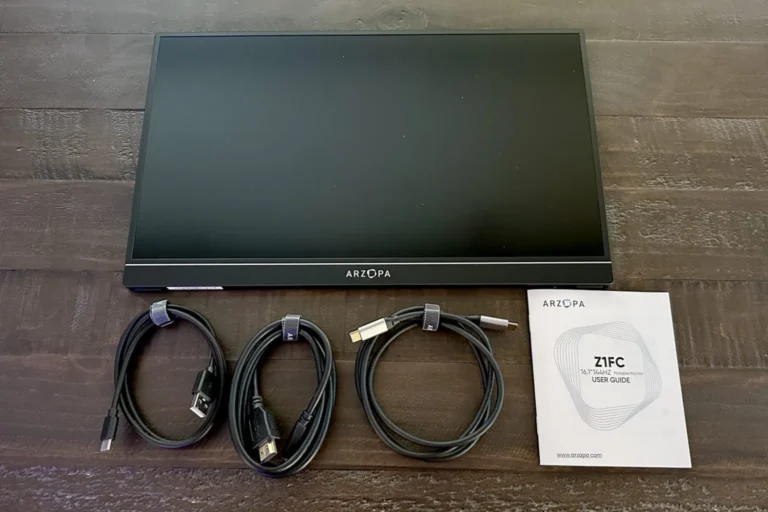
In the ever-evolving world of gaming, the concept of sustainability is gaining traction. With more players concerned about the environment, the gaming industry is finding innovative ways to blend fun with eco-consciousness.
One exciting trend emerging is the integration of carbon credits as a form of in-game currency. Imagine being able to convert your gaming earnings into carbon offsets, creating a positive impact on the planet while you play. This new model of “green gaming” is changing the landscape and could potentially redefine how we think about gaming and environmental responsibility.
As we discuss this, you may be familiar with the cryptocurrency conversions like USD to ETH, but now we’re taking it a step further by looking at how these conversions can help our planet.
What Is Green Gaming?
Green gaming refers to the incorporation of environmentally friendly practices within the gaming industry. This concept emphasizes sustainability and the reduction of the carbon footprint associated with gaming. While gaming has faced criticism for its energy consumption and waste, many developers are now exploring ways to make their games more eco-friendly.
One groundbreaking idea is to use carbon credits in play-to-earn (P2E) games.
For those new to the term, play-to-earn games allow players to earn real-world rewards through in-game achievements. By integrating carbon credits as a form of currency in these games, players can contribute to environmental efforts while enjoying their favorite pastime.
How Carbon Credits Work in Gaming
So, what exactly are carbon credits? In simple terms, a carbon credit is a permit that allows the holder to emit a certain amount of carbon dioxide or other greenhouse gases. One carbon credit typically represents one ton of CO2 emissions. Companies and organizations can buy and sell these credits as part of efforts to reduce their overall carbon footprint.
In the context of gaming, developers can create systems where players earn carbon credits based on their in-game activities. For instance, completing specific tasks or achieving certain milestones might yield carbon credits that players can convert into offsets. This means that players are not just earning virtual rewards but also making tangible contributions to environmental sustainability.
Benefits of Integrating Carbon Credits into Play-to-Earn Models
Promoting Environmental Awareness
By incorporating carbon credits into gaming, developers can raise awareness about climate change and environmental issues among players. Gamers, especially younger generations, are more likely to engage with sustainable practices if they can see the direct impact of their actions in the virtual world.
Encouraging Positive Behavior
Players may be more motivated to participate in eco-friendly activities within the game if they know their efforts can lead to real-world benefits. For instance, tasks that promote conservation or sustainable practices can reward players with carbon credits, thus incentivizing positive behavior both in-game and in real life.
Creating a New Market
The integration of carbon credits can also lead to the creation of a new market within the gaming ecosystem. Players may buy, sell, or trade carbon credits, much like they do with in-game items or cryptocurrencies. This adds a layer of strategy and engagement that could enhance the overall gaming experience.
Fostering Community Engagement
Games that promote sustainability can foster a sense of community among players. Whether they’re working together to reach a carbon offset goal or participating in events that contribute to environmental causes, players can unite for a common purpose beyond just gaming.
Positioning Games as Agents of Change
By adopting green gaming practices, developers can position their games as tools for positive change. This could not only attract environmentally conscious players but also enhance the overall reputation of the gaming industry, which has often been criticized for its environmental impact.
Real-World Examples of Carbon Credit Integration
While the concept of integrating carbon credits into gaming is still in its infancy, some developers are already exploring this model.
For example, certain blockchain-based games have begun experimenting with carbon credit systems as part of their ecosystems. These games reward players for completing environmentally friendly tasks or achieving specific goals, thus allowing them to earn credits that can offset their carbon footprint.
One notable project is Evergreen, a play-to-earn game where players can earn carbon credits by planting virtual trees or participating in eco-friendly missions. The credits they earn can then be converted into real-world carbon offsets, allowing players to contribute to reforestation and conservation projects.
Challenges and Considerations
While the idea of integrating carbon credits into gaming is exciting, it’s not without its challenges.
Here are a few factors developers need to consider:
- Verification of Carbon Credits: Ensuring that the carbon credits earned in-game are legitimate and contribute to real-world carbon offset projects is crucial. Developers will need to partner with credible organizations that specialize in carbon offset verification.
- Market Fluctuations: Just like cryptocurrencies, the value of carbon credits can fluctuate. Developers must navigate these market dynamics to ensure a fair and stable system for players.
- Balancing Fun and Education: While promoting sustainability is essential, developers must ensure that gameplay remains enjoyable. Striking the right balance between entertainment and environmental messaging will be critical to the success of green gaming initiatives.
- Accessibility and Inclusivity: Developers should strive to make these eco-friendly initiatives accessible to all players, regardless of their background or gaming experience. This can help broaden the appeal of green gaming and encourage more people to participate.
Conclusion
The rise of green gaming represents an exciting intersection of entertainment and environmental responsibility. By integrating carbon credits into play-to-earn games, developers can create a unique opportunity for players to make a difference. As we become more aware of our impact on the planet, the gaming industry has the potential to lead the charge toward a sustainable future.
So, the next time you’re diving into your favorite game, consider the possibilities of turning your in-game achievements into real-world benefits. Green gaming isn’t just a trend. It’s a step toward a better, more sustainable future for us all. Let’s make our gaming experiences count, not just for fun but for the planet, too!






